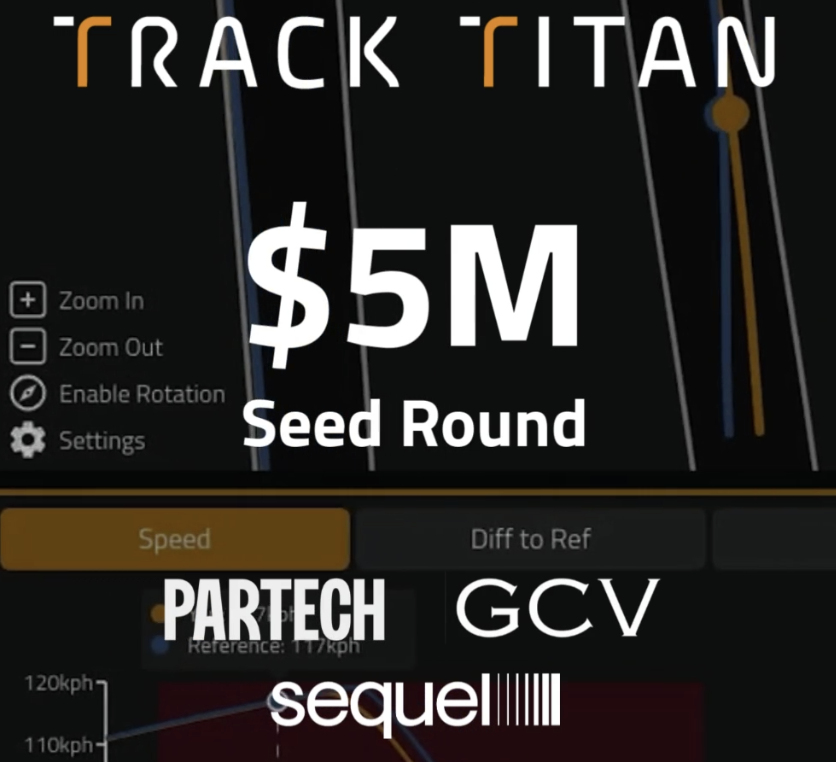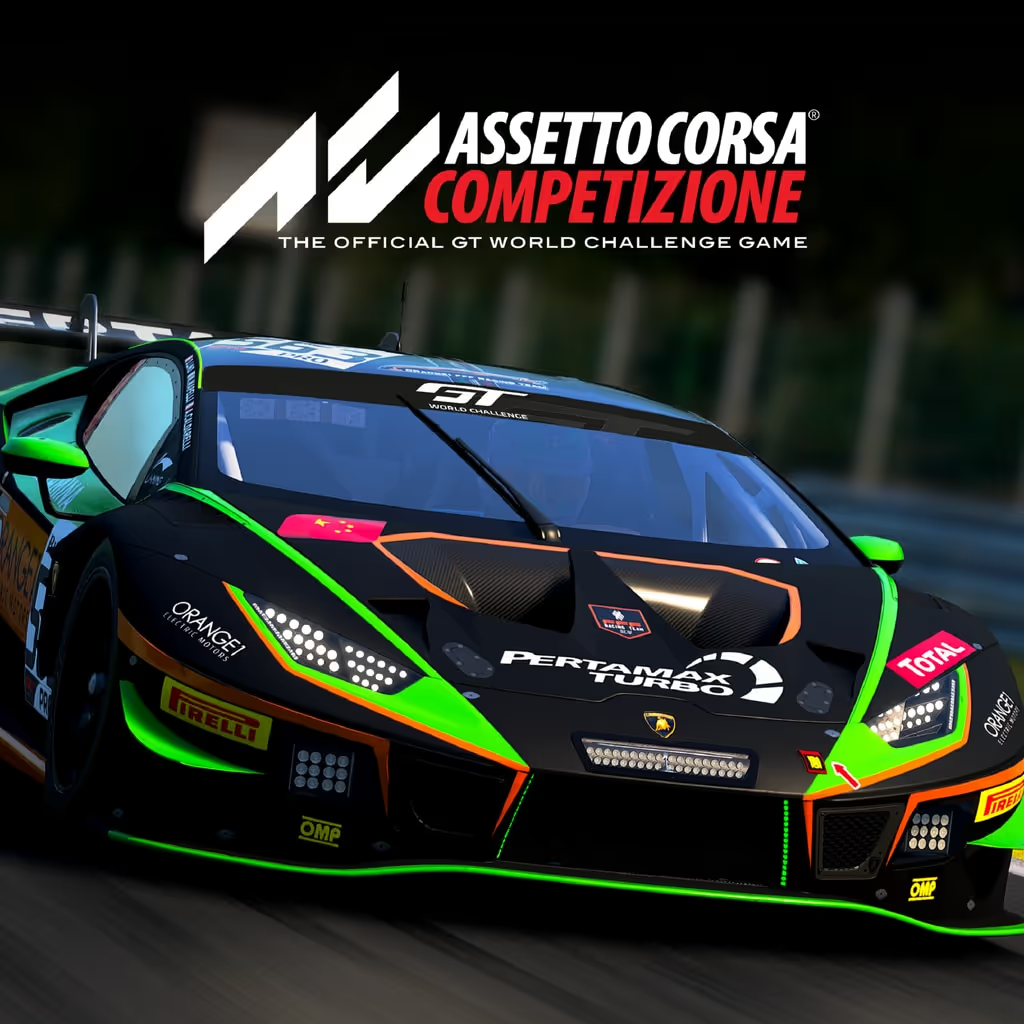The Aerodynamic Contrasts Between F1 and LMP1 Racing
Formula 1 (F1) and Le Mans Prototype 1 (LMP1) racing represent two distinct and prestigious forms of motorsport, each with its unique set of challenges and design philosophies. Aerodynamics play a pivotal role in both categories, but they differ significantly in their approaches and objectives. In this article, we will explore the key differences in aerodynamics between F1 and LMP1 racing.The Fundamental Differences
Purpose and Racing Philosophy:
Formula 1:
F1 is often heralded as the pinnacle of motorsport, renowned for its pursuit of cutting-edge technology, engineering excellence, and aerodynamic innovation. The core philosophy of F1 is to achieve the fastest lap times, resulting in a relentless emphasis on high-speed performance and aerodynamic efficiency. Teams in F1 invest heavily in research, development, and testing to gain a competitive edge in the pursuit of perfection.
LMP1:
LMP1 racing is a category within endurance racing, most notably featured in the 24 Hours of Le Mans. The LMP1 class encompasses a diverse range of prototypes built for endurance racing, which emphasizes reliability and longevity over outright speed. While aerodynamics remain crucial, LMP1 cars must also excel in other areas, such as fuel efficiency and durability, to survive the gruelling 24-hour endurance races.
Key Differences in Aerodynamics
Downforce vs. Efficiency:
Formula 1:
F1 cars are renowned for their aerodynamic complexity, engineered to generate substantial downforce. Downforce is the vertical force created by the interaction of the car's bodywork and wings with the airflow. It presses the car onto the track, enhancing grip, cornering speed, and stability. F1 teams strive to maximise downforce while minimising drag to maintain high-speed capabilities.
LMP1:
LMP1 cars prioritise aerodynamic efficiency over extreme levels of downforce. While they still generate downforce to aid cornering, LMP1 prototypes must balance this with the need for minimal drag to optimise fuel efficiency and top speed during long-distance races. This necessitates a more streamlined and conservative approach to aerodynamics compared to F1.
Shape and Bodywork:
Formula 1:
F1 cars boast intricate and variable aerodynamic components, including complex front and rear wings, bargeboards, and diffusers. These components are designed to channel and manipulate airflow, creating downforce and reducing turbulence. The aerodynamic design of F1 cars is highly detailed and sophisticated.
LMP1:
LMP1 prototypes feature relatively simpler aerodynamic designs with cleaner lines and fewer complex components. The focus is on minimising drag, promoting clean airflow around the car, and achieving a balance between downforce and efficiency. While LMP1 cars may have adjustable elements, their aerodynamics are less intricate compared to F1.
Weight Distribution:
Formula 1:
F1 teams meticulously engineer the aerodynamics to maintain precise weight distribution, which is crucial for handling and overall performance. The weight distribution can significantly impact how the car behaves in high-speed corners, under braking, and during acceleration. F1 cars are finely tuned to achieve optimal balance.
LMP1:
LMP1 prototypes also consider weight distribution but tend to prioritise reliability and stability over precise weight balance. Since endurance racing features various track types and conditions, LMP1 cars are designed to be versatile and adaptable, allowing for adjustments to accommodate different scenarios.
Circuit Types:
Formula 1:
F1 FIA Grade 1 circuits exclusivels. These include race tracks like Silverstone and Spa-Francorchamps, and street circuits, which feature tight corners and chicanes. The aerodynamics of F1 cars are optimised for high-speed performance on these tracks, with a focus on generating maximum grip and control during rapid directional changes.
LMP1:
LMP1 cars compete on a wide range of circuits, including ovals, permanent circuits, and street circuits during endurance racing events. As a result, their aerodynamics must cater to different track types and demands, requiring a more balanced and adaptable setup.
While both Formula 1 and LMP1 racing categories share a passion for aerodynamics, they diverge significantly in their approaches, objectives, and design philosophies. Formula 1 is known for its pursuit of extreme downforce, intricate aerodynamic components, and high-speed capabilities, while LMP1 racing prioritizes efficiency, reliability, and adaptability for endurance races. These differences in aerodynamics reflect the unique character and challenges of each motorsport category, adding to their distinct appeal for motorsport enthusiasts worldwide.




.png)





















